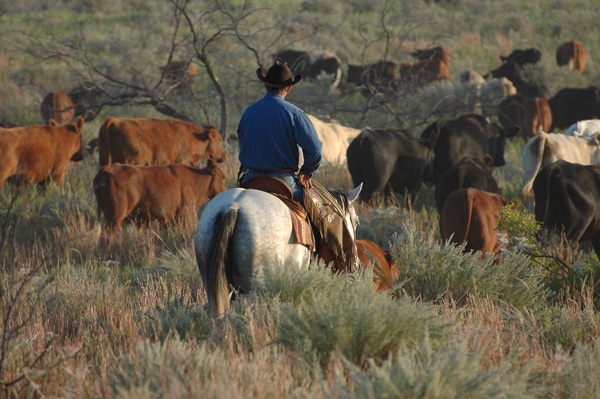July 14, 2016

I read two articles this week, each from a different mindset. One almost made fun of those producers who do not have a total systems approach and produce superior quality for the segments above them to improve beef demand. The statistics and logic were compelling. The second bemoaned escalating cow costs and made the case that low-cost producers have and will continue to make significantly more dollars than high-cost producers. Their case was equally compelling and valid.
It is not just because I’m a “have your cake and eat it too” kind of guy that the either/or premise has always seemed wrong, but also because both arguments imply that producers need help making these kind of judgments. Certainly, you can’t improve what you don’t measure, but we are talking about the most basic of economic concepts.
Both sides use statistics to prove their perspective is right, with faltering beef demand and escalating cow costs two of the primary ones. One of the articles pointed out that average dollar value per cwt rose $5.25 while production costs rose $5 per cwt. I suppose that was to validate that profits were unaffected.
First, let me point out that is not the case. If you make $5 per cwt and sell 100 pounds, you make $5. If you make $3 per cwt and sell 500 pounds, you make $15. The way I calculate things, that is three times the profit. Of course, the converse is true as well.
The point is that pounds, breakevens and a whole host of financial measures are all important but none of them, by themselves, is the silver bullet. Profitability is the focus and producers are pretty good at making those decisions for their operations.
The fact that prices received have barely outpaced the increases in the cost of production could be said for any system studied. The very definition of a commodity market is that prices hover in and around breakeven, so on the aggregate, those numbers just prove we are amazingly good at making selection and management decisions. If we were perfect, they would have been equal. I’m guessing we will continue to add costs until it doesn’t pay to add anymore. After all, that is what the economics are telling us to do.
Profitability is a multifaceted problem. Like price that is affected by supply and demand, profitability is driven largely by cost of production, number of units produced and price received per unit of production. The answer is complicated and is reflective of literally thousands of differing combinations, with the simple goal to increase production from given resources, increase value of that production and increase the efficiency of that production. We probably won’t get there by emphasizing one at the expense of others.
The opinions of Troy Marshall are not necessarily those of beefmagazine.com and the Penton Agriculture Group.
You might also like:
4 facts to debunk "Meat is horrible" article
60 stunning photos that showcase ranch work ethics
Best risk strategy options for cattle producers
Does it really take six years to cover your costs on a cow? NO!
Photo Gallery: Get to know the 2016 Seedstock 100 operations
About the Author(s)
You May Also Like



